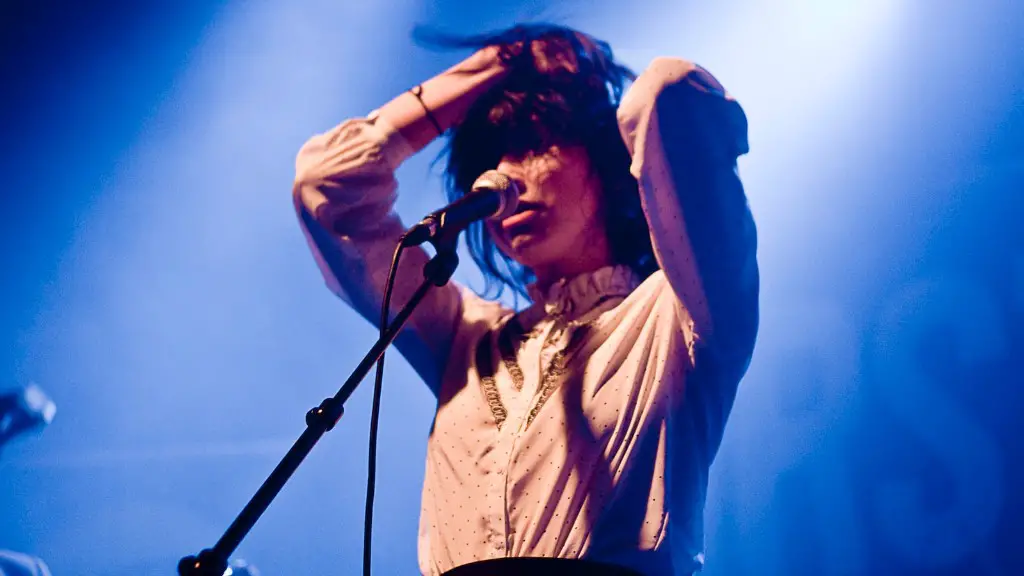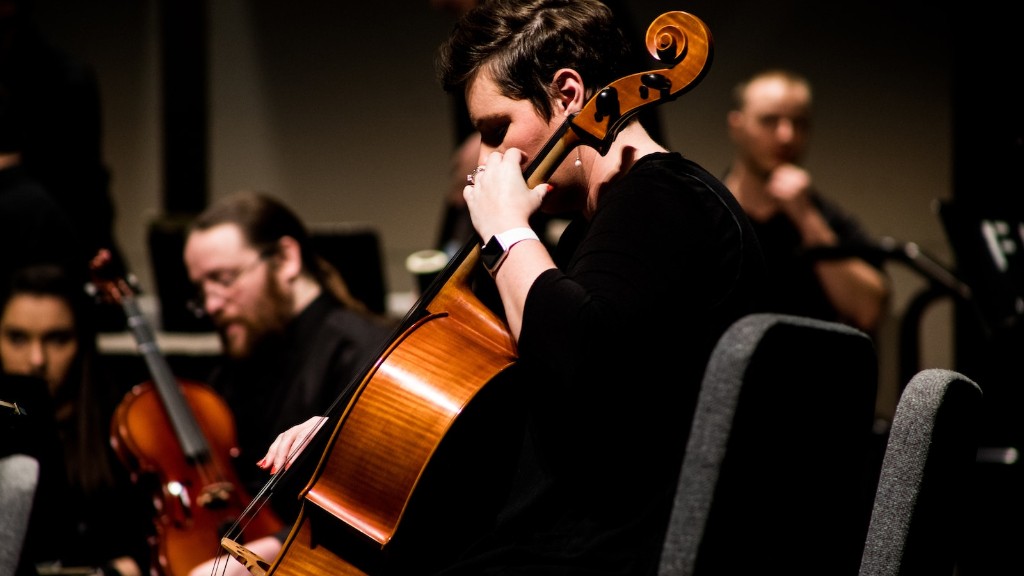Have you ever wanted to draw with a pen? If so, you know that it isn’t as easy as it looks. Pens are tricky to master and sometimes it can feel like you’re never going to get it right. But, don’t give up. That’s why I’m here to help! Here are some tips to help you draw with a pen like a pro.
Start with the Basics
The first step to better pen drawing is to start with the basics. If you’re a beginner, use a pencil to draw your pictures first. A pencil allows you to sketch out the basic shapes of your drawing before you use a pen. That way, you can make mistakes without having to worry about smudging or messing up your work. Once you have the basics down, you can switch to a pen. Pencils are also great for shading and turning your sketches into full-fledged drawings.
Practice Makes Perfect
No matter what kind of drawing you’re doing, practice is the key to getting better. There’s no such thing as an overnight artist, so don’t be discouraged if your first attempts don’t turn out perfectly. Get familiar with your pen and practice every day. Drawing regularly will help you build up muscle memory and make it much easier for you to draw with a pen.
Find the Right Pen
Not all pens are created equal. Different pens are best for different types of drawings. Fountain pens are great for detail work and for adding a more traditional feel to your work. Marker pens are good for bold, bright colors and shading. Gel pens are great for light drawings because they don’t smudge. Experiment with different pens to find the right one for your artwork.
Pay Attention to Pressure
Pressure is an important factor in pen drawing. Pay attention to how much pressure you’re applying while you’re drawing. This will help you control the thickness of your lines. For sharper, thinner lines, use less pressure. For bolder, thicker lines, use more pressure. Mastering pressure will help you create the perfect drawings.
Keep Your Pen Clean
Cleaning your pen regularly is an important part of pen drawing. If you don’t clean your pens, the ink can start to clog, which will make it harder for you to control the flow of ink. To keep your pen in tip-top condition, clean it often. Use a cotton swab and some rubbing alcohol to gently remove any ink or dirt buildup.
Understand the Color Wheel
The color wheel is an invaluable tool for any artist. Understanding how colors work and how they interact with each other will help you create striking compositions for your drawings. Learning about color schemes, such as complementary and analogous colors will help you better choose how to arrange colors in your drawings.
Always Do the Finishing Touches
Details are important in pen drawing. Don’t rush through the very last touches. Take your time to add small details and cleaning up your drawing. This will help your drawings come alive and make them more eye-catching. Even if it takes twice as much time, you’ll be glad you did it in the end.
Have Fun and Get Creative
Above all else, have fun with your pen drawings. Don’t worry too much about perfection. You’ll never be perfect, and that’s ok. Art is all about experimenting and discovering your style. So, take the time to explore and have fun with it. Get as creative as you can and don’t be afraid to make mistakes. When it comes to art, mistakes are often the best way to learn.
Create Variations
Once you understand the basics of pen drawing, it’s time to take it to the next level. Start experimenting with different techniques and styles. Think about ways you can combine different colors and textures. Start creating variations of your work. This will help you find your personal style and help you produce truly unique artwork.
Don’t Overthink It
Don’t get too caught up in perfectionism. Sometimes too much thinking can get in the way of your creative process. Focus on the process instead of the outcome. Learning to draw with a pen takes patience and practice. It can be a bit intimidating at first, but with the right mindset and dedication, you’ll soon be a pen drawing master.


